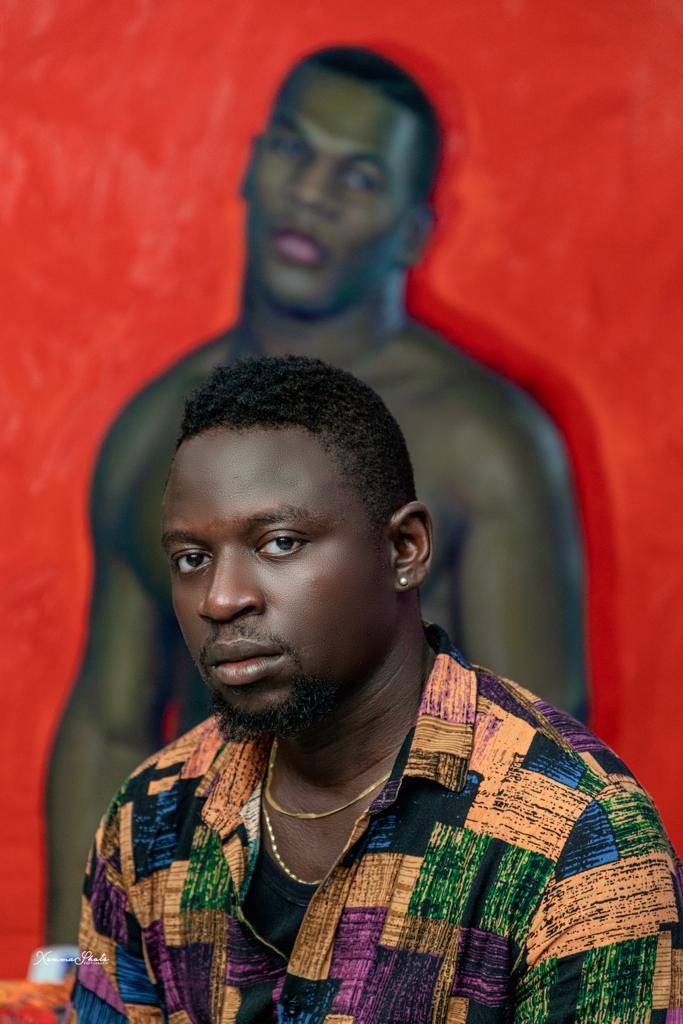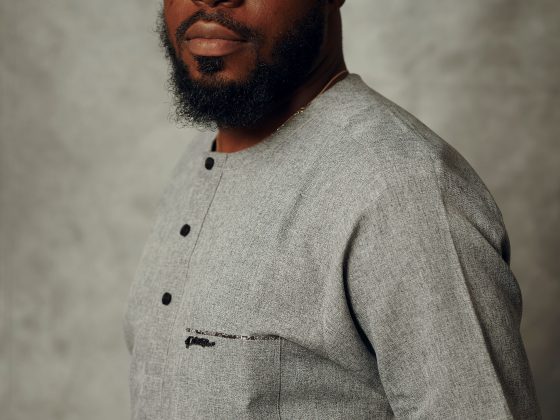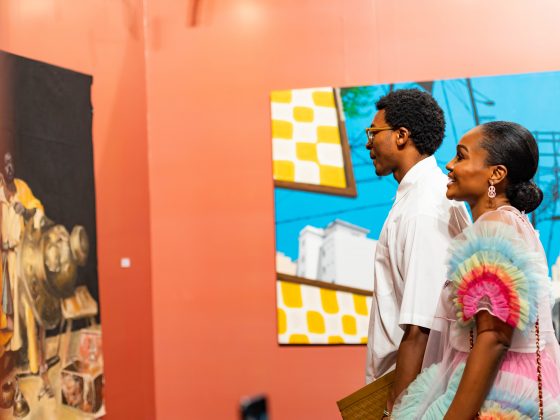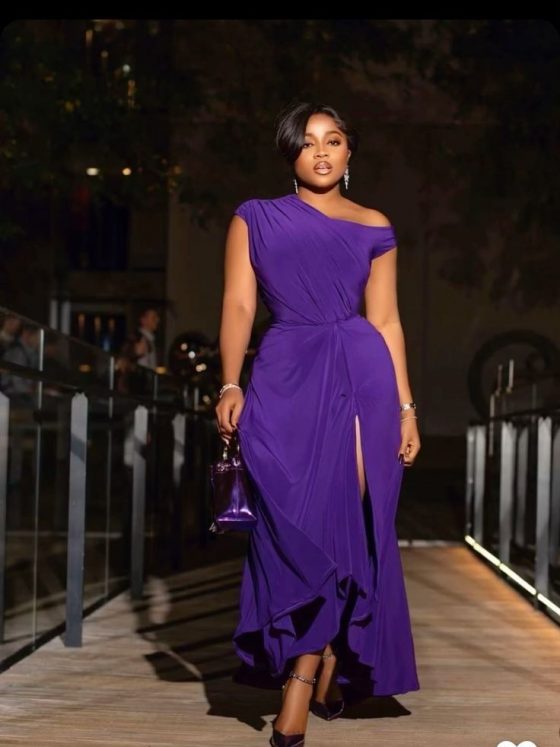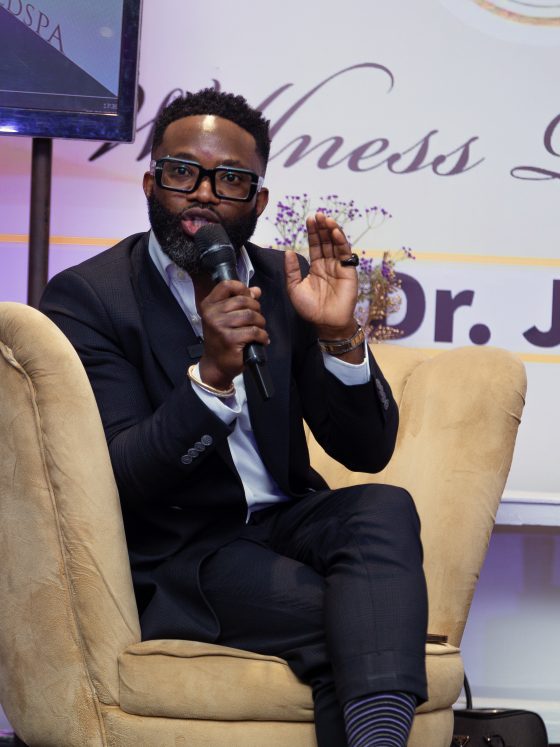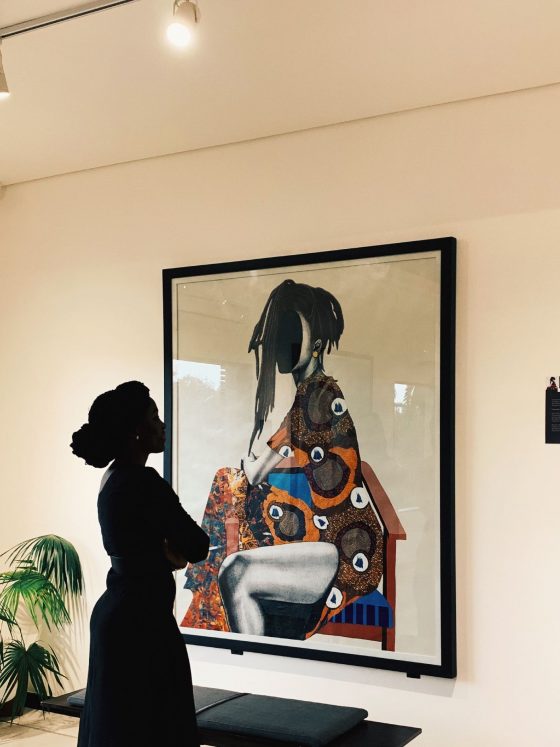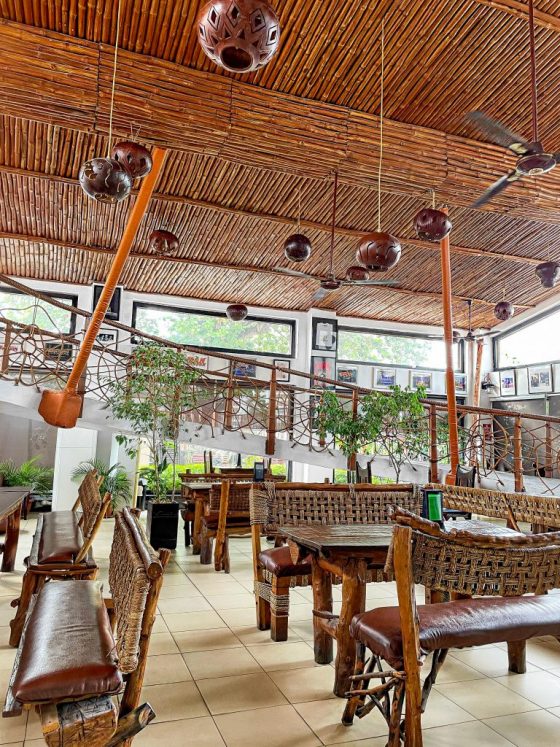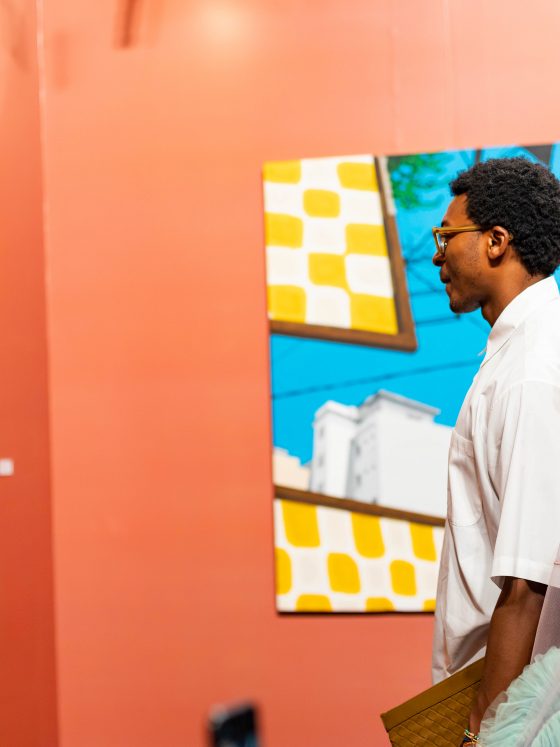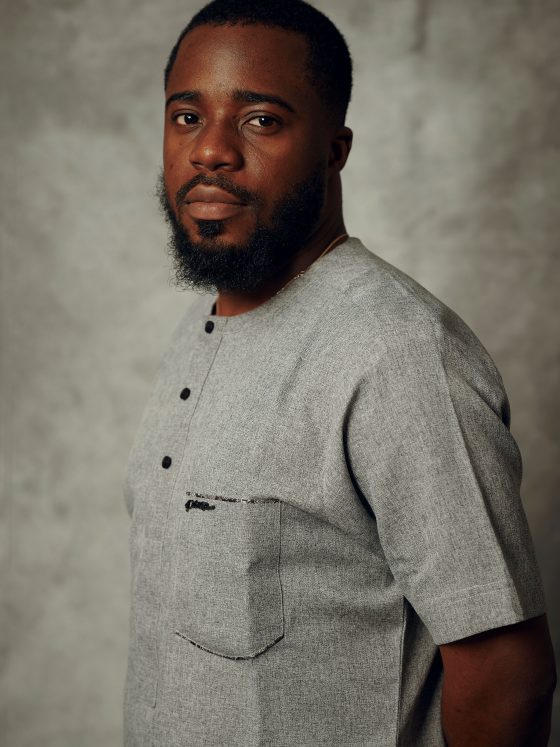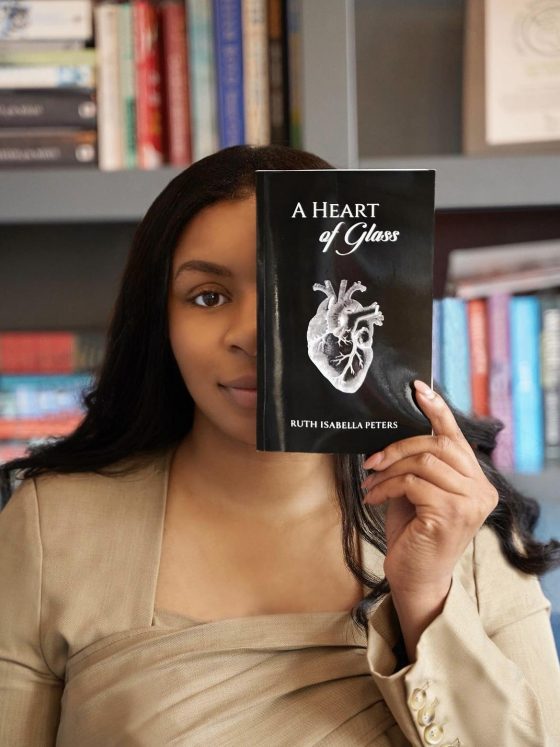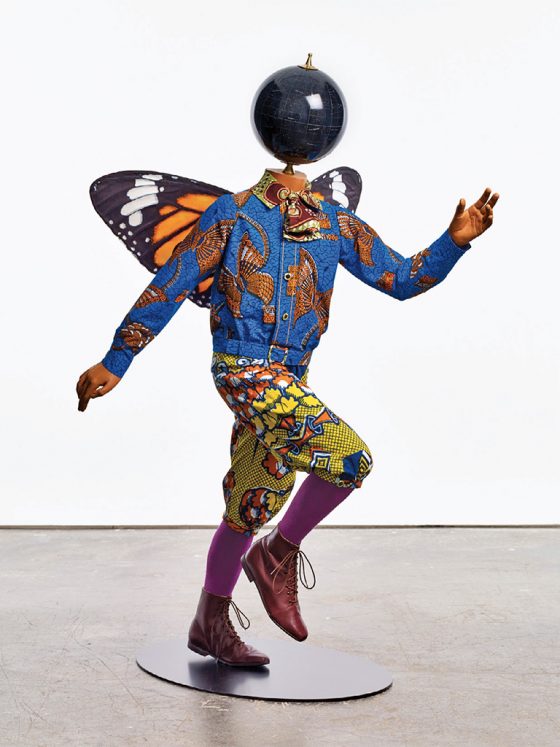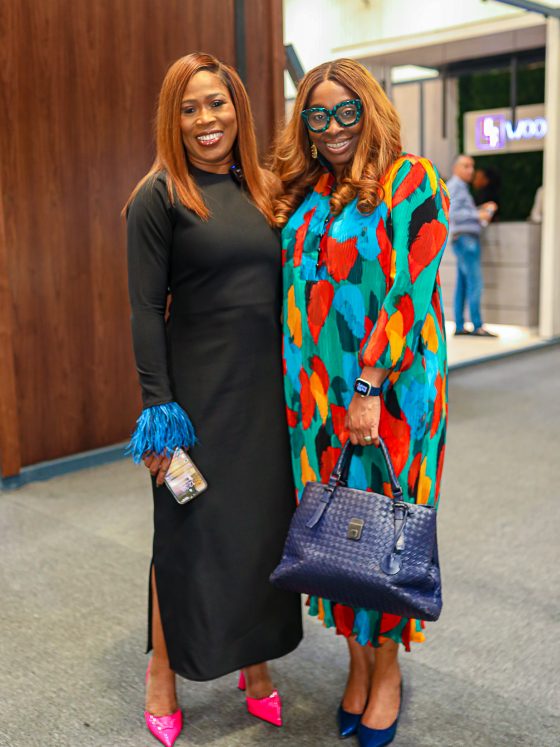Growing up amidst adversity, Oluwole Omofemi found solace in sketching and painting, using his meagre earnings from hawking beer to fuel his artistic ambitions. With each sale, he would invest in sketchbooks and art materials, nurturing his talent and allowing his creativity to flourish.
The vibrant streets of Ibadan provided him with an endless source of inspiration. From the bustling markets to the colourful characters he encountered, he absorbed the essence of his surroundings, infusing them into his art. His unique perspective captured the city’s soul, and his works resonated with viewers drawn to his creations’ authenticity and raw emotion. Omofemi’s talent did not go unnoticed. Local art enthusiasts and gallery owners recognised his potential and began showcasing his works. The Ibadan art scene embraced his distinct style, which blended elements of Nigerian culture with contemporary aesthetics. As his reputation grew, so did his opportunities, leading to collaborations with established artists and participation in prestigious exhibitions. Omofemi’s artistic journey reached an unprecedented milestone when he received a special commission from Tatler magazine. To commemorate the Queen’s Platinum Jubilee, he was tasked with creating her portrait for the cover. This recognition was a testament to his talent and marked a turning point in his career. The commission catapulted him into the international art scene, exposing his work to a global audience and solidifying his status as a rising star.
What sets Oluwole Omofemi’s art apart is his ability to capture depth through his brushstrokes. His works are a celebration of African heritage, filled with vibrant colours, intricate patterns, and rich symbolism. Each piece tells a story, transporting viewers into a world where culture, history, and contemporary themes intertwine. In this exclusive interview, he talks about the Tatler experience and navigating challenges and opportunities in the Nigerian art market.
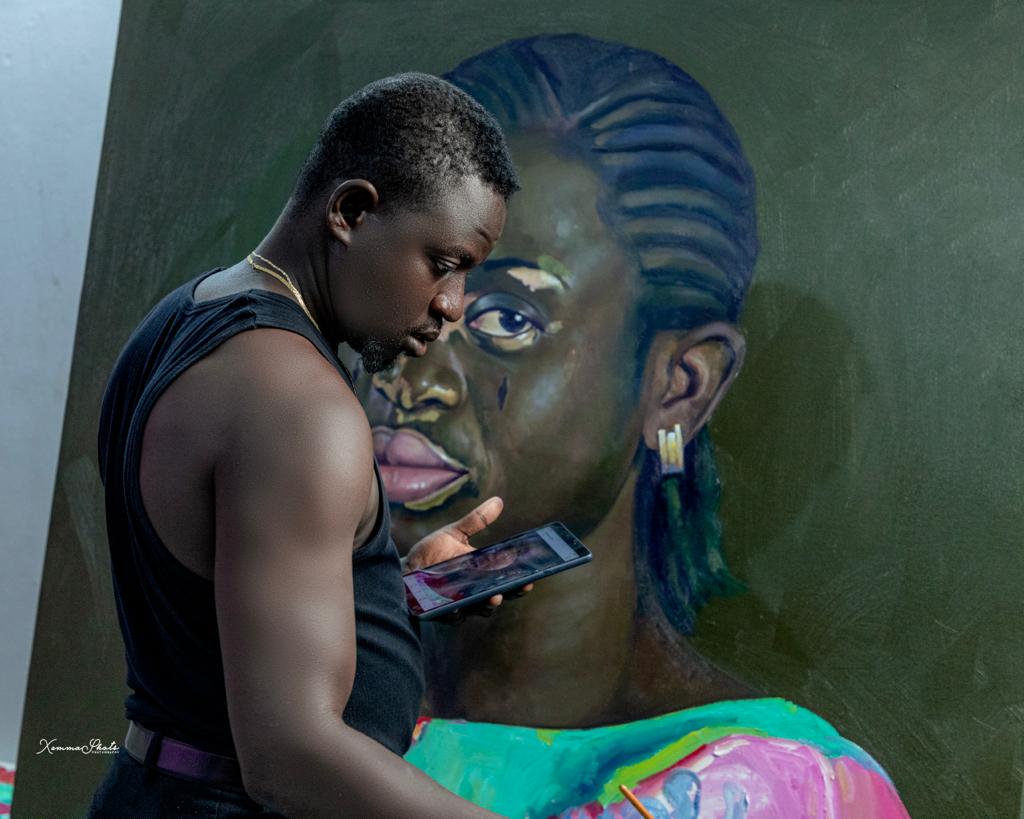
Tell me a bit about your journey as an artist. What inspired you to pursue a career in visual art?
My journey as an artist can be traced back to when I was a young boy living with my grandfather. I would use objects to draw on walls and paper, which greatly impressed the people around me. As I grew older, I began to encourage myself to do it professionally because I couldn’t think of anything other than making art. My passion and desire to define my purpose are my core inspirations for becoming a visual artist.
How would you describe your artistic style? What mediums and techniques do you typically use in your artwork?
I work with oil paint, and as for my artistic style, I’d say an artist who truly appreciates his practise grows in style. At the moment, I engage in the dynamic style of figurative painting with a symbolic influence. I am currently exploring significant African pointers like the afro hairstyle, sometimes tribal marks, and the outlook of an average cultural woman in this present era.
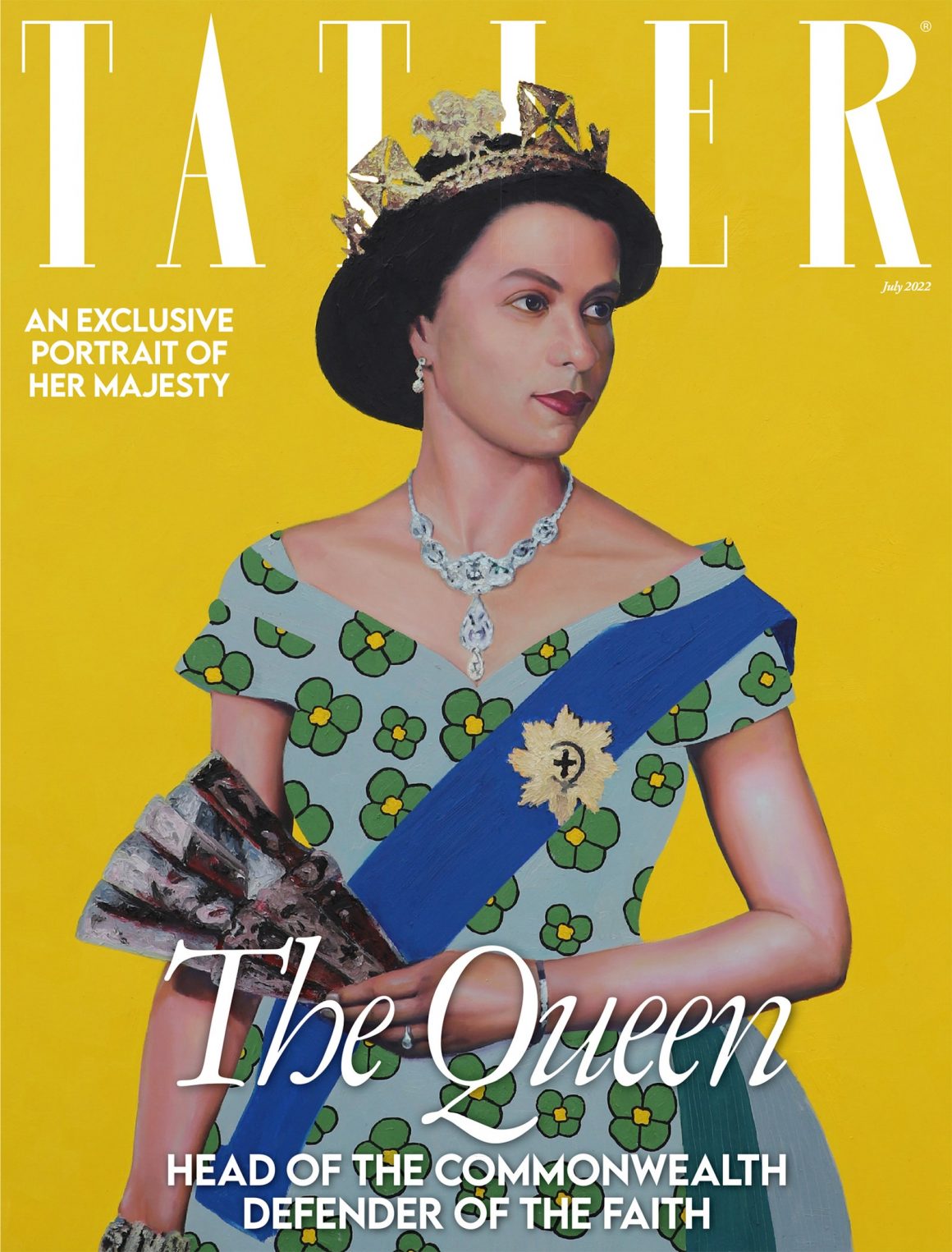
Your portrait of the late Queen for Tatler’s platinum jubilee issue was a special commission. Can you share the creative process behind this artwork and how you approached the subject matter?
When Signature Art Gallery commissioned me to paint the late Queen, it was an extraordinary experience that was different, but I took up the opportunity without looking back. My grandpa was the first person I consulted, asking him things he knew about the late Queen, and the information he gave me significantly contributed to how I arrived at painting the Queen at a younger age. As a highly recognised monarch, documenting her life in a painting had to reflect every monumental aspect of her, aspects I saw in her outstanding youthful agility. I had to do my own research as well. I gathered papers, stories, pictures and useful reference articles I could use to take a vivid study of the life of the late Queen so that I feel inwardly connected to her person before outwardly giving her a representation with my brush strokes.
What was your initial reaction when you were approached to create the portrait of the late Queen for Tatler Magazine?
It was a remarkable experience that I embraced wholeheartedly because I always believed the future is big, and I thought to myself maybe the moment God ordained has finally come. It was mainly significant for gaining more career advantages and being recognised globally.
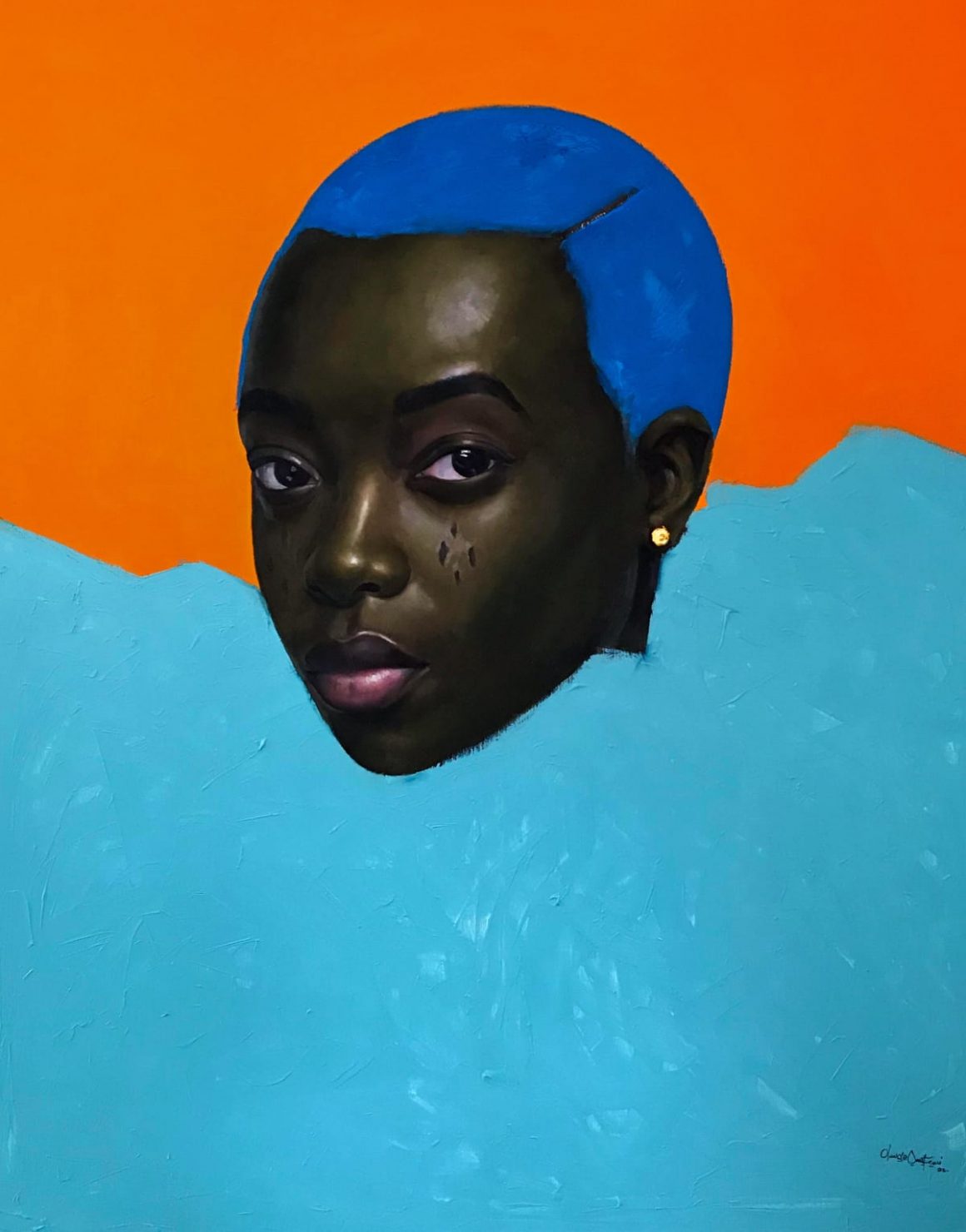
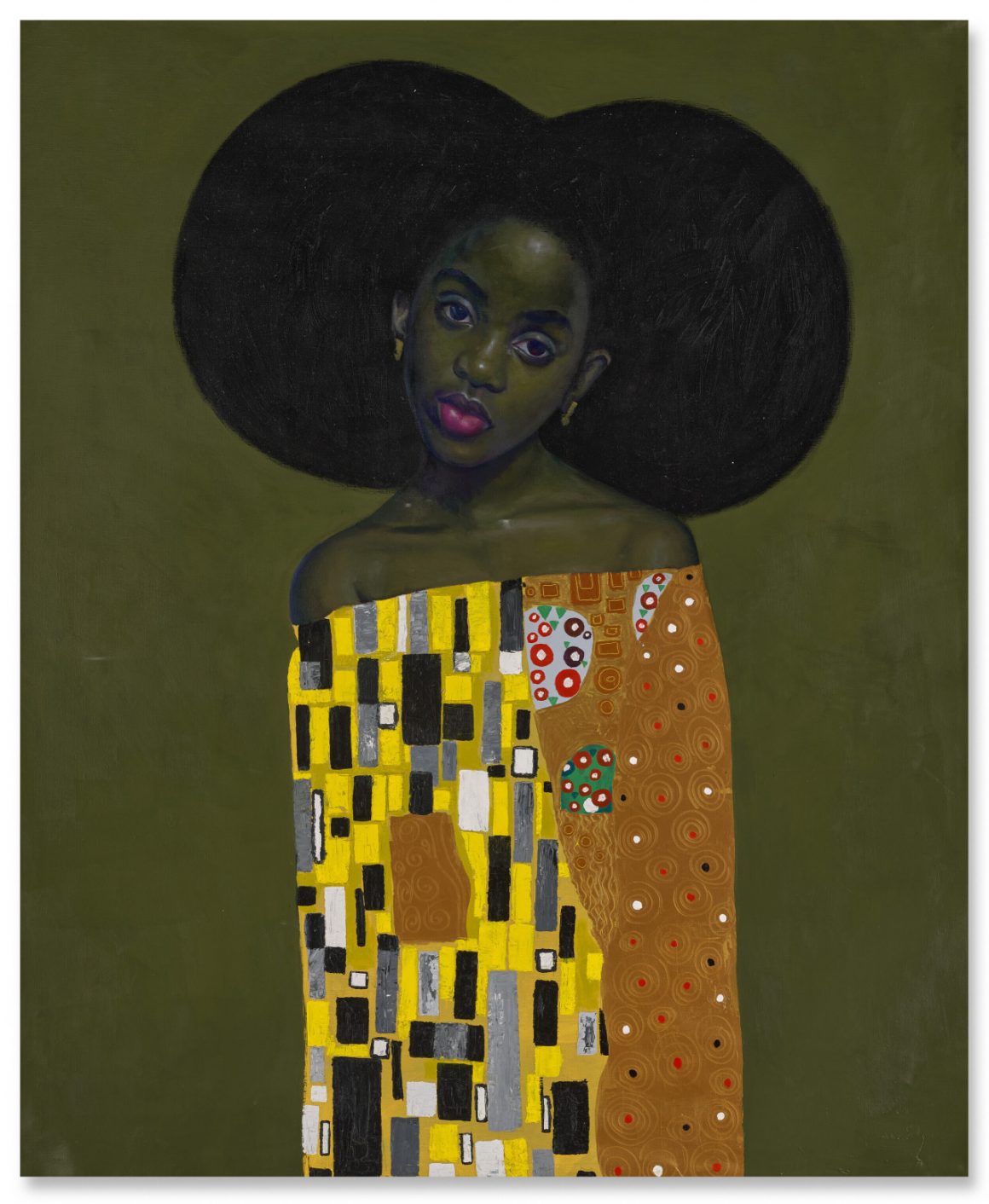
What are your thoughts on the current state of the Nigerian art scene, and how do you see it evolving in the future?
The diversity present in the Nigerian artspace is exactly what makes art in Nigeria a unique one. It is not a static space. Right now, it is widely accepted because of the emergence of artists who have contributed their quota and brought development to the country by simply practising their artistic skills without forgetting the impact of Nigerian artists of the earlier period. As for the way art will evolve, the current contemporary African art practice in Nigeria is something sought after locally and internationally. We now see art and artists being involved directly or indirectly in crucial decision-making processes and development schemes of administration while also serving as a mirror to society. Undoubtedly, the Nigerian art scene will progress even better than it is now.
So, how do you navigate the challenges and opportunities in the Nigerian art market?
It is important to understand that the art market is about value. Because of this, the challenges that come may not necessarily pose a threat when you give value in terms of the quality of your work and how best you deliver. What I do is review opportunities critically and think of how impactful they will be to my career.
How do you balance artistic expression and commercial viability in your artwork, especially considering the demands of high-profile commissions like the one for Tatler?
In my practice so far, expressing myself has always been at the forefront before the venture of commercial viability, and I have allowed that to be the lead that thoroughly guides me. Regardless of the market’s demands, I create and express myself genuinely without being restrained by what is in need or what has been done in the past. Like I’d always say, “I paint my truth.”
What do you hope viewers take away from your artwork?
I hope anyone who sees my art feels a sense of connection and belonging to their roots. I consciously ensure that I leave a piece of myself in every painting I create by replicating an extension of myself (skin tone, to be precise) in all my works. I also hope anyone who sees my art will see a reason to be hopeful and alive because when I had nothing, my art was the instrument that lifted my spirit.
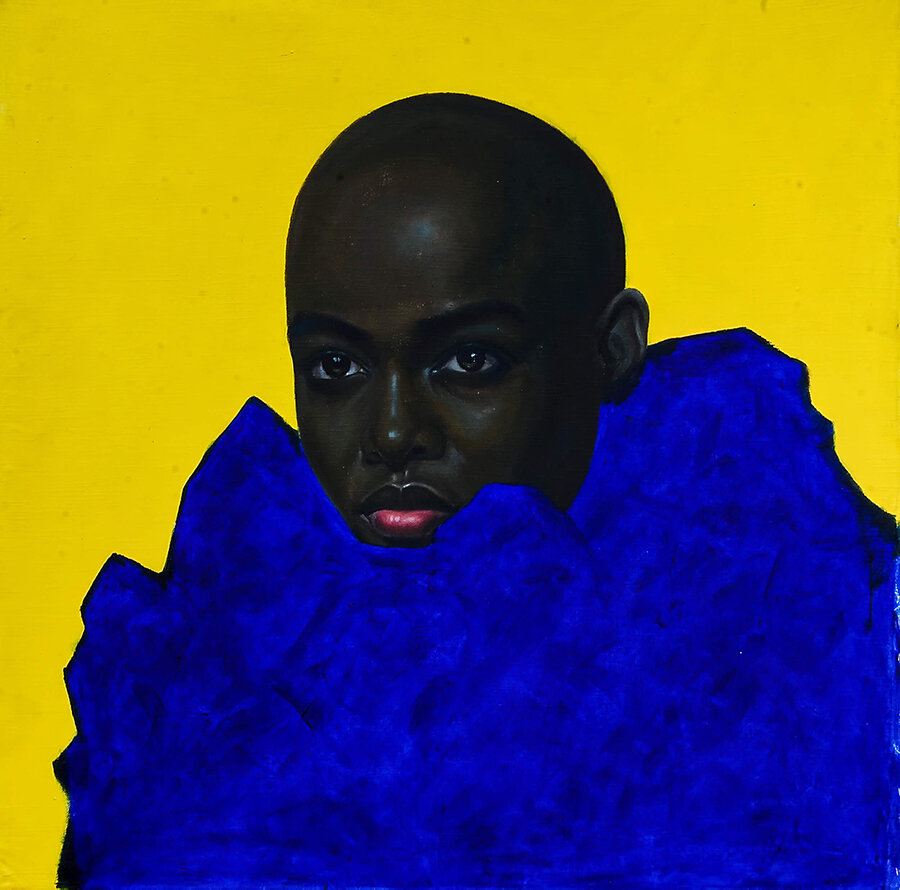
Can you share any future projects or artistic goals that you are currently working on or planning to pursue in the near future?
Quite recently, a group of associates and I established a company named “Piece Unique,” aimed at helping artists manage their careers and also help create opportunities for them to showcase and exhibit their works. I am currently very involved in that.
What advice do you have for aspiring visual artists, especially those from underrepresented communities, who are looking to establish themselves in the art world?
First, be determined and define your purpose and aspirations. Also, be specific about what you want in your career and be true to yourself. Most importantly, source for opportunities on available spaces and platforms and take advantage of them, no matter how little.

